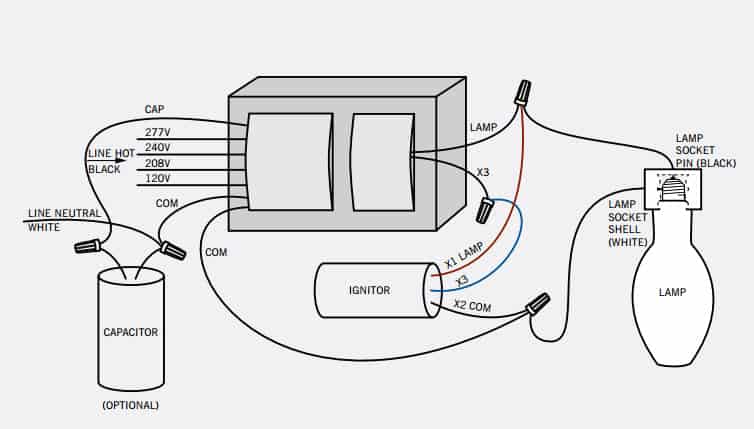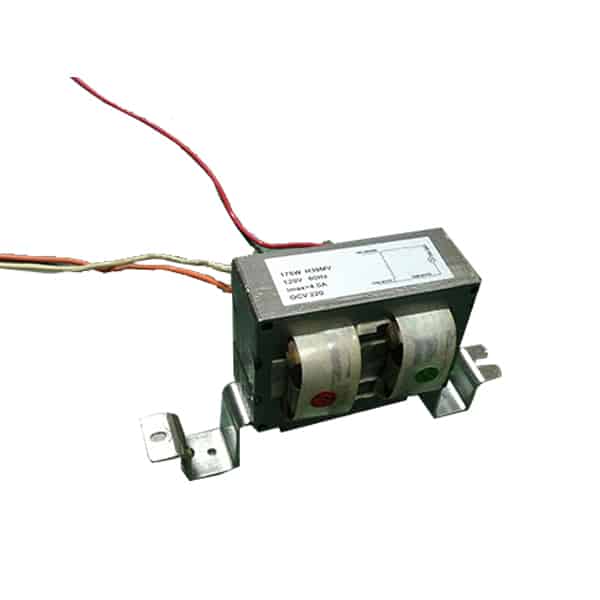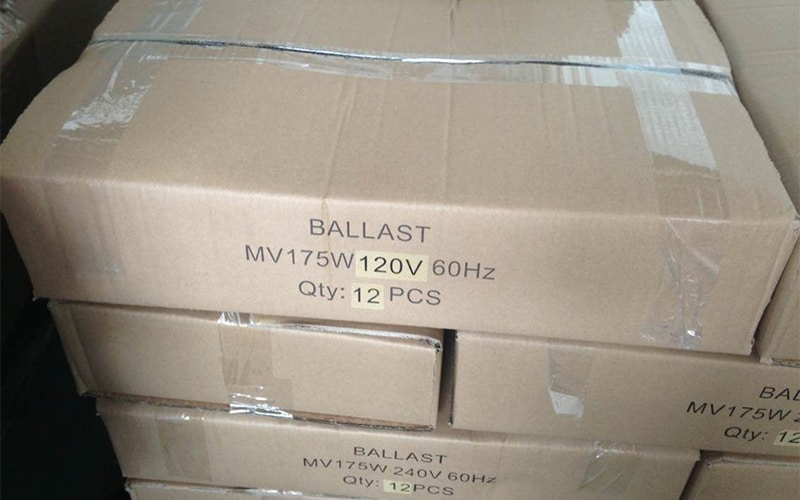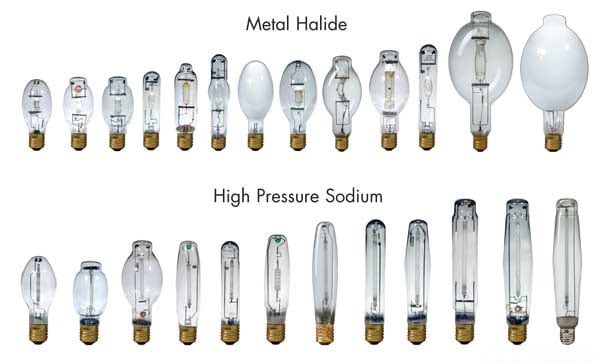Wiring a 175W mercury vapor lamp requires knowledge of its power requirements and MV ballast setup to ensure safe installation. Use a compatible ballast and wiring diagram to avoid electrical hazards.
You need to connect the 175W mercury vapor lamp to the right ballast and power source using the wiring diagram that comes with the ballast. Make sure all connections are tight.
Now, let’s look at some of the technical stuff and safety things about wiring a 175W mercury vapor lamp.
How many lumens is a 175W mercury vapor lamp?
A 175W mercury vapor lamp typically produces between 7,000 and 8,000 lumens. This makes it a suitable option for large spaces like parking lots, warehouses, and outdoor security lighting. Mercury vapor lamps are known for their high light output and good coverage in outdoor applications.
However, it’s important to note that the lumen output of mercury vapor lamps decreases over time. This reduction in light output, known as lumen depreciation, happens gradually and can significantly impact the efficiency of the lighting system if not addressed through timely maintenance and bulb replacement.
How many watts does a mercury vapor light use?
A mercury vapor light, particularly the 175W variant, draws around 175 watts of power, which refers to its nominal operating wattage. This is the amount of power consumed by the bulb itself, not including the ballast. When factoring in the ballast, which also consumes energy, the total system wattage may be higher.
For instance, a typical 175W mercury vapor lamp setup may use an additional 20-30 watts for the ballast, making the total system wattage closer to 200-205 watts. Understanding the complete power consumption is essential for ensuring your electrical circuit can handle the load efficiently.
What is the temperature of a mercury vapor lamp?
The operating temperature of a mercury vapor lamp can reach extremely high levels, typically between 600 to 900 degrees Celsius inside the arc tube. This high temperature is necessary to vaporize the mercury and create the light-emitting arc.
The outer surface temperature of the bulb is significantly lower but still poses a burn hazard if touched. It’s essential to allow the lamp to cool down before handling it, as mercury vapor lamps take some time to cool after being turned off. Proper ventilation and spacing around the lamp help manage heat dissipation effectively.
What is the operating voltage of a mercury vapor lamp?
The operating voltage of a 175W mercury vapor lamp generally ranges between 110 and 130 volts. However, it requires a ballast to regulate the voltage and current to ensure safe operation. The ballast is designed to provide a high starting voltage (typically up to 400 volts) to initiate the arc, then regulate the current as the lamp operates at its steady-state voltage.
It’s crucial to use the correct lamp ballast designed for the specific wattage and type of mercury vapor lamp to prevent malfunctions or reduced lamp life. The ballast also ensures the voltage supplied remains consistent, even as the lamp ages.
What is the emission line spectrum for a mercury vapor lamp?
Mercury vapor lamps emit a unique line spectrum that includes strong ultraviolet (UV) and visible light emissions. The visible spectrum primarily includes blue, green, and violet lines, while the UV component is significant, especially in uncoated mercury vapor lamps.
The phosphor-coated versions of these lamps convert some of the UV emissions into visible light, enhancing overall brightness and improving color rendering. The strong blue and green lines dominate the visible emission spectrum, giving mercury vapor lamps their characteristic cool, bluish light.
Do mercury vapor lamps need a ballast?
Yes, mercury vapor lamps require a ballast to regulate the electrical current. The ballast provides the necessary high voltage to start the arc in the mercury vapor, then limits the current to ensure stable operation. Without a ballast, the lamp would draw too much current, leading to overheating and potential failure.
The ballast also ensures that the voltage remains steady as the lamp operates, compensating for fluctuations in line voltage. When wiring a mercury vapor lamp, always use a ballast that matches the lamp’s wattage to ensure safe and efficient operation.
Are mercury vapor lamps safe?
While mercury vapor lamps are effective for lighting large areas, they pose certain safety risks, primarily due to the presence of mercury. If a lamp breaks, it can release toxic mercury vapor, which is harmful to human health and the environment. Therefore, proper disposal of these lamps is essential.
In addition, uncoated mercury vapor lamps emit ultraviolet (UV) radiation, which can be harmful to skin and eyes if directly exposed for extended periods. Many modern mercury vapor lamps are coated to reduce UV emissions, but it’s still important to take precautions, such as using protective enclosures and ensuring proper disposal.
How long does a mercury vapor lamp last?
The average lifespan of a 175W mercury vapor lamp ranges between 24,000 and 30,000 hours, depending on usage conditions. This long lifespan makes them a cost-effective option for outdoor lighting applications like streetlights and security lighting. However, while the lamp may continue to operate for this period, its lumen output will degrade over time.
Lumen depreciation is a common issue with mercury vapor lamps, with noticeable reductions in brightness after the first few thousand hours. Regular maintenance and timely replacement ensure that lighting efficiency remains optimal throughout the life of the system.
What is the difference between sodium vapor lamp and mercury vapor lamp?
Sodium vapor lamps and mercury vapor lamps differ in their light color, efficiency, and typical applications. Sodium vapor lamps emit a warm, yellow-orange light, making them ideal for street and outdoor lighting where color accuracy is less important. They are more energy-efficient than mercury vapor lamps and tend to have longer lifespans.
Mercury vapor lights produce a cooler, bluish-white light. They have better color rendering, which is important in applications where you need to see things and you need the light to look a certain way.
However, they are less efficient and have a higher environmental impact because they contain mercury. Which one you choose depends on your lighting needs and environmental considerations.





